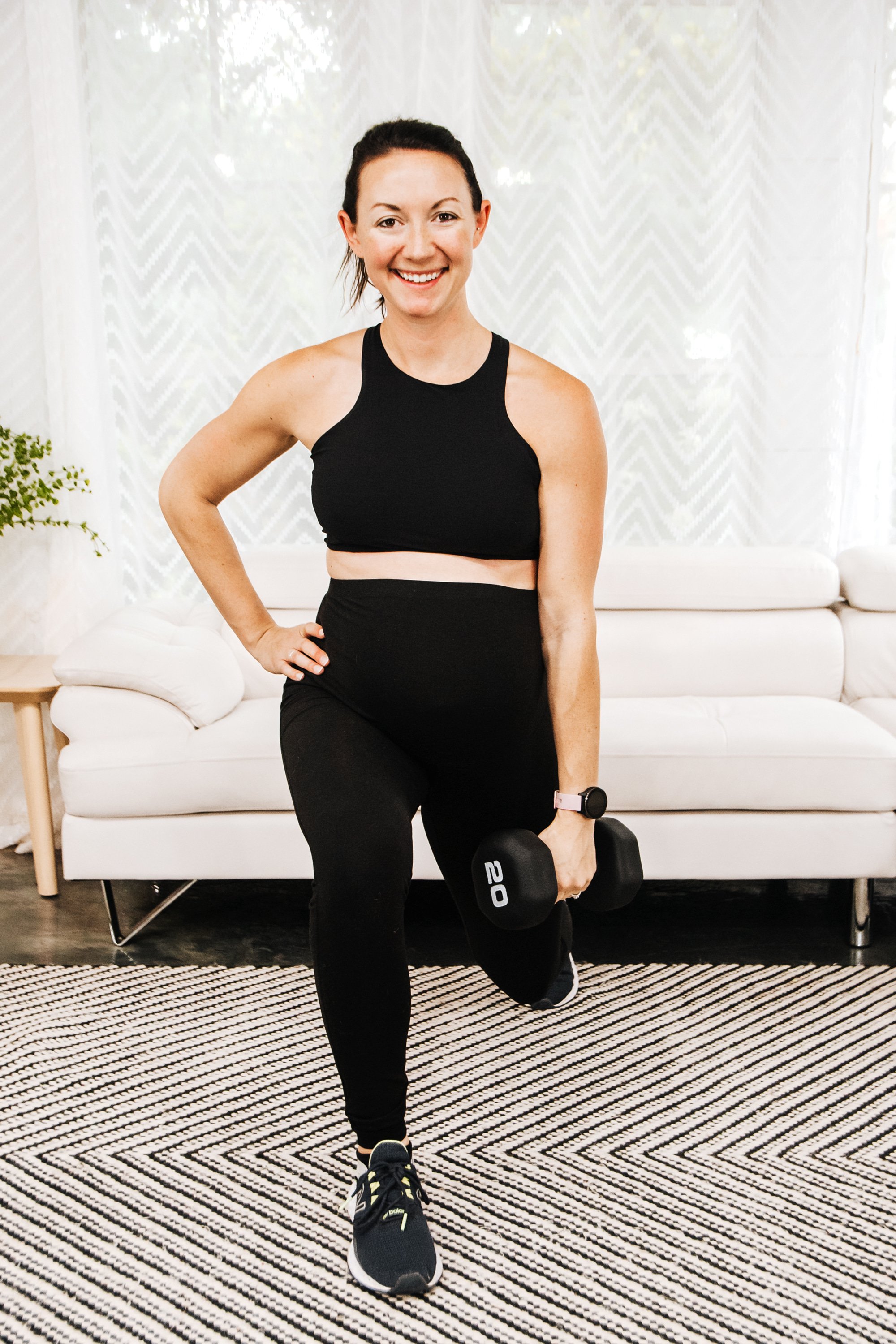Diastasis Recti Myths, Truths and Recovery Tips
In this episode of the Strong Mama Podcast, we're delving into the topic of diastasis recti (DR) with a special guest, Rachel from Infinite Joy Physical Therapy.
Rachel is a doctor of physical therapy with 15 years of experience, specializing in orthopedic and pelvic floor therapy. She is also a good friend and someone with whom I have worked with on my pwn postpartum recovery journey!
Join us as we break down myths, unveil truths, discuss warning signs, and explore the process of recovering from DR. Our goal with this episode is to empower you with knowledge and insights, transforming your journey into motherhood into a more comfortable, enjoyable experience.
In This Episode You’ll Learn:
common diastasis recti myths
what causes diastasis recti?
why healing diastasis recti is crucial for pelvic floor health
exercises that help (and hurt) the DR healing process
Let’s Connect
Become a Strong Mama Insider to grab FREE pre/postnatal fitness resources monthly.
Work with me 1-1! Learn more and book a free discovery call
For more free content, connect with me on Instagram @strongmamawellness
Connect with Rachel
Instagram: https://www.instagram.com/infinitejoypt/
Show Notes:
Understanding Diastasis Recti:
Diastasis recti (DR), commonly known as abdominal separation during pregnancy, is the thinning of the connective tissue (linea alba) between the rectus abdominis muscles. This podcast aims to provide clarity on this topic, especially for those navigating pregnancy or postpartum. Rachel, with her expertise, sheds light on the myths surrounding DR and offers valuable insights for a more informed journey.
Meet our Guest!
Meet Rachel from Infinite Joy Physical Therapy: Rachel, our esteemed guest, is not only a doctor of physical therapy but also a wife and mom of two. With 15 years of experience, she passionately educates and empowers women on the transformations their bodies undergo during pregnancy and postpartum. Rachel's journey into specializing in pelvic floor and core therapy began after her own experience with diastasis recti during pregnancy. Her commitment to this field led her to establish Infinite Joy Physical Therapy, providing focused care for women in this crucial phase of their lives.
Dispelling Common Diastasis Recti Myths:
Myth #1: You can never do crunches or sit-ups with diastasis recti. Rachel emphasizes that the appropriateness of these exercises depends on the individual. While caution is crucial, a personalized approach allows for the inclusion of such exercises as part of the recovery journey.
Myth #2: Closing the gap is necessary for healing diastasis recti. Rachel introduces the concept of a "functional" diastasis, highlighting that the width and depth of the separation are more important than simply closing the gap. A functional DR implies effective pressure management and correct muscle usage during various activities, from exercises to daily tasks.
Link Between Pelvic Floor and Diastasis Recti:
Exploring the interconnectedness of the pelvic floor and DR, Rachel emphasizes the need to view the body holistically. Patients often present with both pelvic floor and core issues, showcasing the importance of addressing the entire system. This discussion reveals the complexity of movement dysfunction, illustrating how pelvic floor weakness or tightness can influence the occurrence of diastasis.
Identifying Functional Diastasis:
Rachel further elaborates on what defines a "functional" diastasis. Functionality is not solely about closing the gap but involves effective pressure management and proper muscle engagement. A functional DR allows individuals to navigate challenging exercises, lift, carry, and move in daily life without experiencing doming or bulging.
Who's at Risk?
Rachel breaks down the factors contributing to an individual's risk of developing DR. Genetics and DNA play a significant role, as increased joint laxity can make connective tissues more prone to stretching. Pregnancy, especially multiple pregnancies or those in small torsos, heightens the risk. Additionally, issues such as poor form, intra-abdominal pressure, and movement patterns can contribute to DR.
Conclusion:
As we conclude this empowering episode, the key takeaway is the importance of individualized care in addressing diastasis recti. By debunking myths, understanding the link between pelvic floor health and DR, and identifying functional aspects, we aim to empower you on your unique journey. I hope Rachel's expertise provides with a better understanding of your body, offering clarity and guidance for a more confident and comfortable transition into motherhood.
Until next time, mamas!
I’m Nicole, Pre/Postnatal Fitness Coach and founder of Strong Mama Wellness. I take the confusion out of exercising in pregnancy and postpartum and help women strengthen their body for pregnancy, delivery, and recovery. You deserve to have a thriving, healthy pregnancy and postpartum journey!
Join Strong Mama Insiders
for monthly (FREE) pre/postnatal fitness content, workouts and more!






